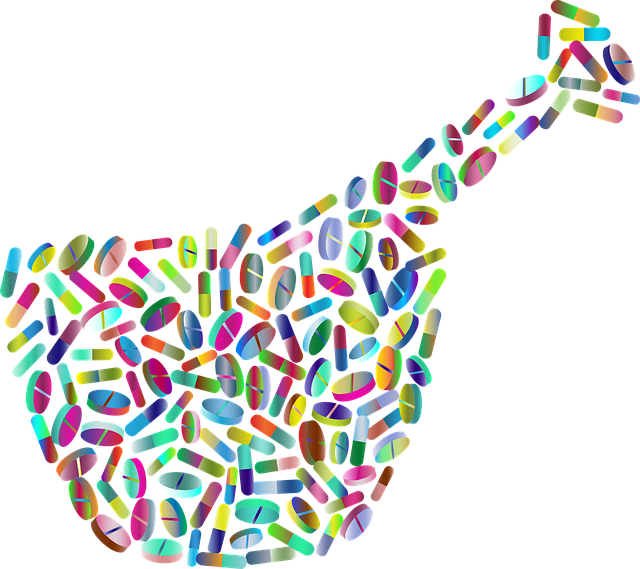An interesting article titled “Low Dose Naltrexone for Treatment of Burning Mouth Syndrome” appears in Oral Surgery, Oral Medicine, Oral Pathology, and Oral Radiology written by L. Sangalli and C. S. Miller (Published April 30, 2022). The article discusses using a low dosage of naltrexone to treat burning mouth syndrome (BMS) that started after a woman had a tooth extraction.
In the article discussion is made of a 62 year old woman who had been experiencing BMS the the last three years. She had had a tooth extracted three years earlier and the pain she was experiencing was at the site of the extraction. After some time pain went away but then a year or so after the extraction the woman began experiencing BMS at the dorsum of her tongue. She reported tingling and burning sensations and the pain flucated between a 2 and an 8 on a 10 point scale. The woman said that stress, dry mouth, talking, and eating sugary food aggravated her condition. On the other hand, ice, chewing gum, eating and drinking, the medication clonazepam, lozenges and brushing her teeth helped to relieve the pain. The woman was diagnosed with BMS by a neurologist and had previously had blood tests exclude many abnormalities as contributing. The woman was given 1 mg of clonazepam by her general dentist when she first complained of BMS and helped take the pain from a 10 to an 8.
The woman went to the University of Kentucky’s Orofacial Pain Clinic to be treated three years after first experiencing BMS. A cranial nerve exam was performed but did not find any abnormalities. An intraoral examination showed a scalloped tongue, and normal appearance of lips, labial and buccal mucosa. The woman had unstimulated salivary flow measured at 0.03 mL/min, and her stimulated salivary flow mesured at 2.7 mL/min. Her xerostomia severity was assessed and had a score of a 10 which was consistent with a diagnosis of dry mouth. The woman had regular blood tests performed for another health condition and these results did not show any abnormalities. Based on these findings a diagnosis of BMS was given along with hyposalivation as a potential contributing factor. The authors state:
“The patient was educated about both conditions and was informed about the potential bidirectional link between the two. Her hyposalivation was addressed by providing a dry mouth protocol.”
The woman was encouraged to increase her fluid intakem apply coconut oil to her oral mucosa, and drink and eat items that are sugar-free. The clinicians also suggested the woman increase her dosage of clonazepam but the woman dismissed this as an option. Instead, a clinician prescribed the woman low dose naltrexone at bedtime daily. After experiencing some tiredness at bedtime, a dosgae of 3 mg of naltrexone was arrived at.
After one month of taking the naltrexone the woman said she had no pain in the morning and she said that her pain in the evening reuced form an 8 to a 4 on a 10 point scale. After two months of taking the naltrexone the woman said she had no pain from her BMS. However after three months of taking the naltrexone the woman said her BMS pain was up to a 5 to 7 in the evening and thus her dosage was increased to 4.5 mg. After six months of taking the naltrexone the woman said her pain was a 2 of 10. However, it is noteworthy that at 6 months the woman had sugary food cravings and had experienced some weight gain. Further the woman experienced periodic increases in pain during the treatment but improving her hydration helped.

The authors feel that daily low dose naltrexone at 4.5m may be an effective treatment option for patients with burning mouth syndrome. They feel that in the future randomized controlled studies should be conducted to look into how hyposalivation may affect BMS and to confirm their suggested medication treatment approach.
The authors state:
“….the evidence of proposing [low dose naltrexone] LDN for the management of refractory BMS patients is based only on two case reports, which have intrinsic limitations…we cannot exclude that addressing …hyposalivation also helped with the favorable outcome.”
Even without current studies this shows another possible medication that can be considered and may be more effective. Other medications explored in treating BMS to date include clonazepam, tricyclic antidepressants, and selective serotonin reuptake inhibitors.
